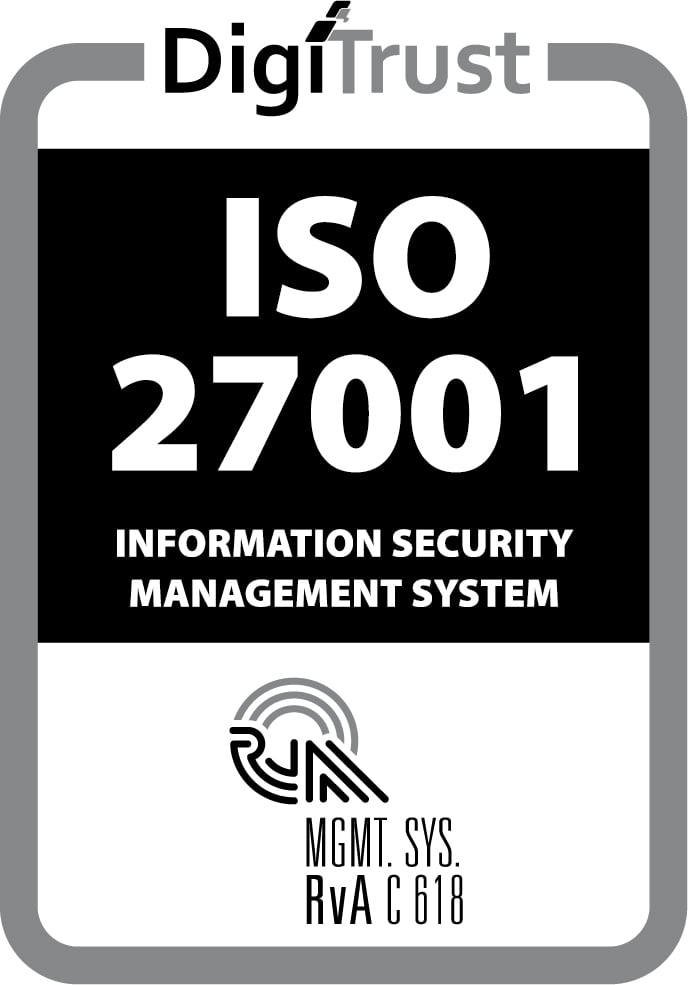This blog is about the 'Manage a Mendix Project: Tools and Tips from Someone Who’s Been There' video, presented by Daniela Field, Mendix. You can watch the video here.
The video explains the basics of Sprintr, Mendix's Agile collaboration tool. It starts by putting together the project team, inviting team members via email and assigning roles to each person. People who already have some experience with Mendix and Sprintr might think this video is "too general", or perhaps even "for Mendix dummies only". Personally, I think otherwise. If you’re starting a new project in Mendix, no matter how much experience you have, it’s worth a watch. And here’s why.  I’ve witnessed many projects in which a motivated project team started work on a fantastic Mendix project. They began energetically and the initial deliveries looked really good. Still, after a number of Sprints, the team started raising red flags. "Who reviewed the mock-ups?", "Shouldn't we have invited the stakeholders to the Sprint review session?" or “Why has no one tested it?”. You might recognize these questions from your own project team.
I’ve witnessed many projects in which a motivated project team started work on a fantastic Mendix project. They began energetically and the initial deliveries looked really good. Still, after a number of Sprints, the team started raising red flags. "Who reviewed the mock-ups?", "Shouldn't we have invited the stakeholders to the Sprint review session?" or “Why has no one tested it?”. You might recognize these questions from your own project team.

Back to the video and the explanation about Sprintr: as I mentioned, it starts with inviting team members and dividing up roles. And this is exactly my point. Roles are often divided: you’re a Product Owner, while you’re Developers and you carry out the tests. But what about the responsibilities? What can project members expect from each other? When is someone ready and what is the definition of "ready" within your team? This is a crucial step at project kick-off that I thoroughly recommend everyone pays attention to. It’s the foundation for good cooperation within the team. And this starts with getting to know each other.
What do people like doing? Who has what expertise and where do everyone's strengths lie?
Filling in a Team Canvas together helps enormously in this. It’s useful to define which tasks each person takes on and how progress against those tasks can be clearly tracked. Sprintr can help with this last step – for example, by using labels, which is also shown in the video.
The division of roles and especially responsibilities is the basis for good, long-term cooperation within the project team. Take advantage of that!




